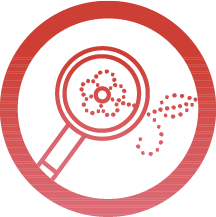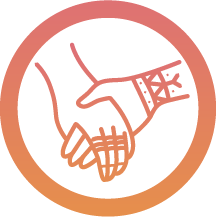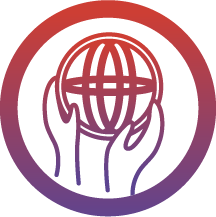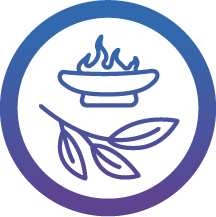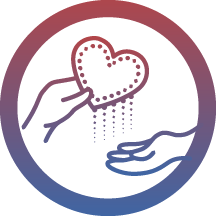Developing the Peoples-specific, self-determined priorities and indicators
If it doesn’t get measured, it doesn’t get done.
First Nations, Inuit and Métis have been advocating to address barriers to cancer care and to improve the patient journey to wellness for a long while. They know where they are and where they want to be.
Based on extensive consultation with First Nations, Inuit and Métis Elders, governments and Advisors, Knowledge Holders, families, cancer survivors, community leaders and National Indigenous Organizations, the Canadian Strategy for Cancer Control describes three First Nations-, Inuit- and Métis-specific, self-determined priorities. These priorities represent areas where efforts and investments can be made to help drive needed changes in cancer care, outcomes and experience for all First Nations, Inuit and Métis.
Identifying what needs to change is a first step; it is now important to track progress against these priorities. To do this, a working group that includes individuals from First Nations, Inuit, Métis and non-Indigenous organizations was convened, and they have identified a set of indicator concepts that will be used to measure progress towards the Peoples-specific, self-determined priorities.
Indicator development process
The process that the working group used to develop indicators included the following critical elements:
- Constant engagement and feedback between the working group and the Partnership.
- Inclusion of Elders, Knowledge Keepers and First Nations, Inuit and Métis patients who share rich context and perspectives from their personal, family and community experiences.
- Ample time to develop relationships amongst working group members and to have important conversations about values and principles. This created a safe space to understand diverse viewpoints and to talk about what was important for indicator development.
The process was a true learning journey for all, as it was not prescriptive, nor was there pressure to rush the process and develop indicators immediately.
This flexible and fluid process created an environment that allowed the emergence of a common understanding of what was important to reflect in indicators to measure progress.
Through their involvement in this process, partner organizations noted that they are learning ways to build trusting, collaborative relationships and cultural safety in their own processes, programs and products.
More importantly, the relationships developed have created a platform for shared action in the journey towards improving cancer care for First Nations, Inuit and Métis peoples.
Working group
Deep gratitude is expressed to the members of the working group listed below:
First Nations Advisor, Canadian Partnership Against Cancer
Inuit Advisor, Canadian Partnership Against Cancer
Métis Advisor, Canadian Partnership Against Cancer
First Nations Information Governance Centre
Alberta First Nations Information Governance Centre
Métis National Council
Métis Nation-Saskatchewan
Saskatchewan Cancer Agency
Nova Scotia Health
Union of Nova Scotia Mi’kmaq
Government of Nunavut
Government of Northwest Territories
Canadian Institute for Health Information
Thank you to Novatone Consulting who facilitated the indicator development process, Mariette Sutherland who played an instrumental role developing the content, and Design De Plume who created the visuals and website design.
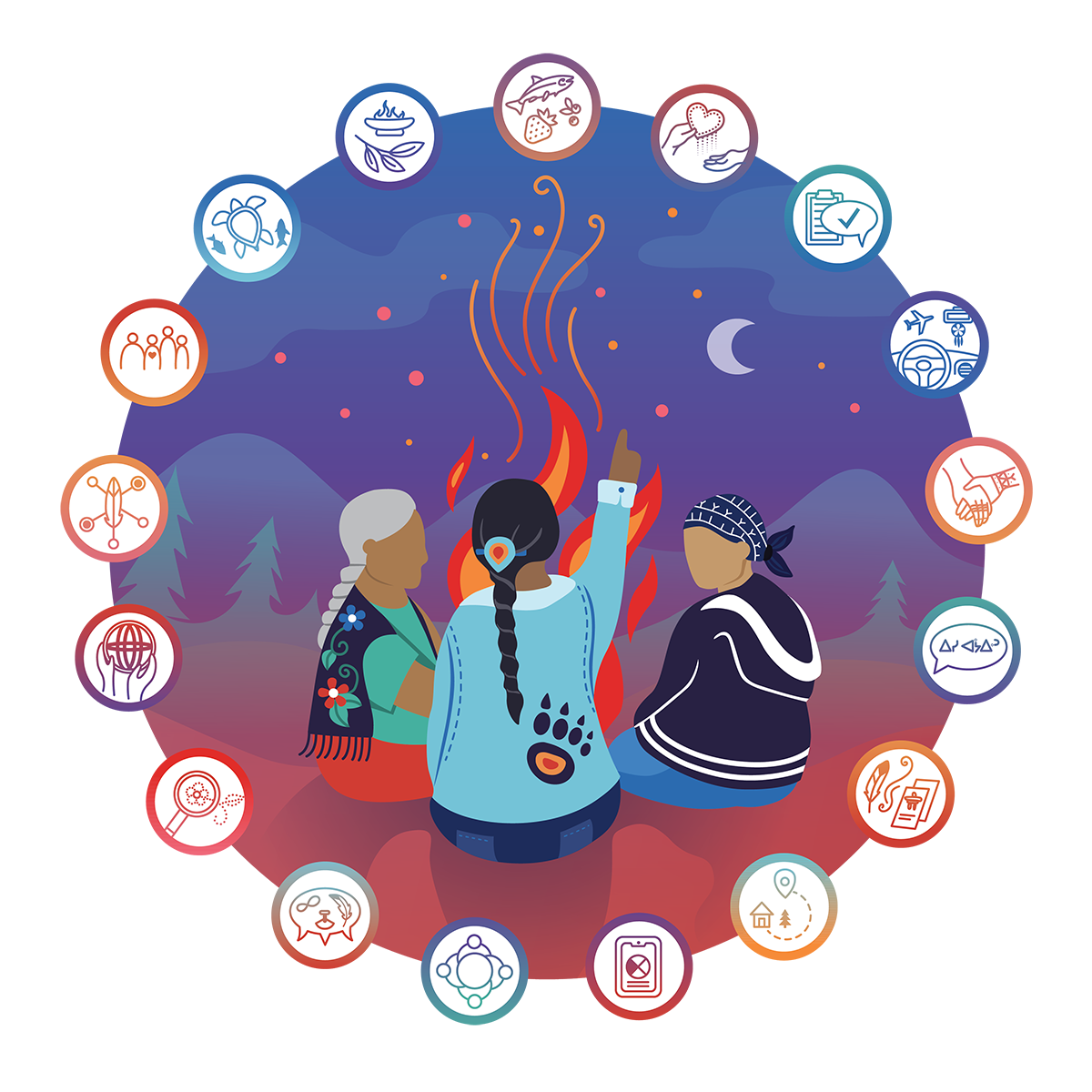
Indigenous determinants of health
Social determinants of health1 include a set of individual, social, economic and environmental factors that influence individual and population health. They include:
- Income and social status
- Employment and working conditions
- Education and literacy
- Childhood experiences
- Physical environments
- Social supports and coping skills
- Healthy behaviours
- Access to health services
- Biology and genetic endowment
- Gender
- Culture
- Race/Racism
Indigenous peoples are impacted further by what are known as Indigenous determinants of health2 which include shared experiences of colonialism, exclusion and racism.
The health status of First Nations, Inuit and Métis in Canada is well below that of others in Canada owing to historical processes of colonization and oppression,3 forced attendance at Indian Residential Schools and ongoing discrimination and racism in health settings.
Good health is linked with the historical, political, economic and social context into which one is born. Losses of land, language, socio-cultural resources and self-determination throughout history have profoundly affected the health of First Nations, Inuit and Métis in Canada. Racism, discrimination and social exclusion continue to obstruct their access to culturally safe care.
References
- Government of Canada. Social determinants of health and health inequalities. 2020. Available from: www.canada.ca/en/public-health/services/health-promotion/population-health/what-determines-health.html
- Reading, CL & Wien, F. Health inequalities and social determinants of Aboriginal Peoples’ health. 2009. National Collaborating Centre for Aboriginal Health. Available from: www.ccnsa-nccah.ca/docs/determinants/RPT-HealthInequalities-Reading-Wien-EN.pdf
- Allan, B, & Smylie, J. First Peoples, second class treatment: The role of racism in the health and well-being of Indigenous peoples in Canada. 2015. Wellesley Institute. Available from: www.wellesleyinstitute.com/publications/first-peoples-second-class-treatment/

